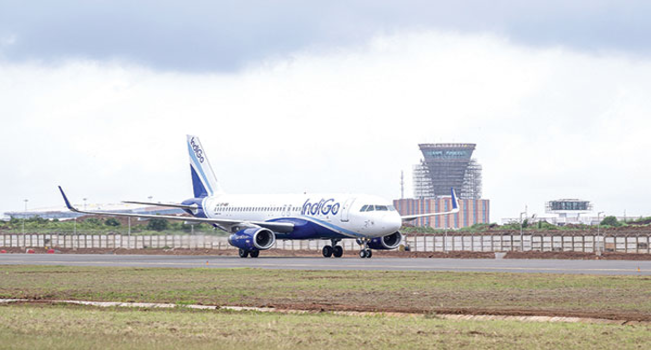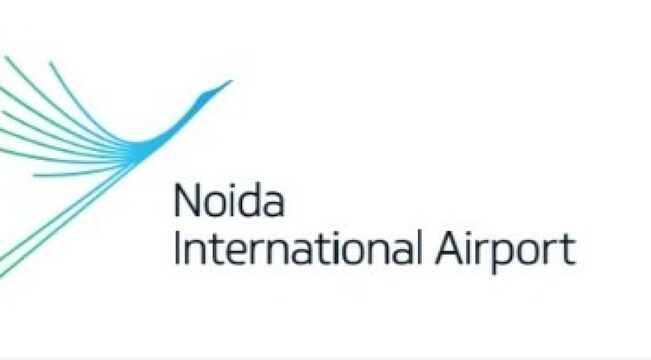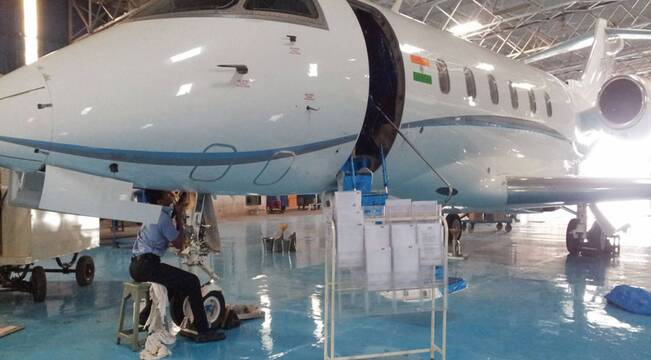LONDON–U.S. satellite communications provider Viasat has demonstrated a satellite-based augmentation system (SBAS) for potential use at UK airports that could replace the European Geostationary Navigation Overlay Service (EGNOS) that the UK lost access to when it left the European Union (EU).
Viasat demonstrated its system using Cranfield University’s National Flying Laboratory Center’s Saab 340B twin-turboprop in January as part of a first step in proposing the new UK SBAS capability.
SBAS aims to provide more reliable navigation data by combining ground monitoring data with satellite connectivity, providing a greater level of navigational accuracy, particularly for the final critical stages of a flight such as landing.
The UK had been a key player in the development of the EGNOS system, which enabled the use of localizer performance with vertical guidance (LPV) approaches.
Some 19 airports around the UK had invested in EGNOS procedures as an alternative to more expensive landing systems such as the radio signal-based Instrument Landing Systems.
But access to EGNOS was lost in June 2021 after the UK’s withdrawal from the EU. EGNOS could still be used, but the EU withdrew safety of life certification for the system.
“This trial on a sovereign UK SBAS is all about delivering trust … trust for pilots in their tracking systems so they can stay safe in challenging conditions … and trust for the aviation industry more broadly so it can rely on data to operate more efficiently,” said Todd McDonnell, president of international government business at Viasat. He says the technology can also be used to improve navigation for other forms of transport using road, rail, and shipping.
Viasat said the UK SBAS generates an overlay test signal linked to the U.S. GPS that is compliant with International Civil Aviation Organization (ICAO) standards to enable assessment of more precise, resilient and high-integrity navigation for aviation users in UK airspace. The signal is being broadcast in coordination with the U.S. Federal Aviation Administration (FAA), the European Space Agency (ESA) and the European Union Space Program Agency.
The UK SBAS signal is provided by Viasat’s I-3 F5 satellite.
Viasat notes that a similar SBAS service will be provided by the company for its SouthPAN resilient positioning, navigation, and timing (PNT) planned for use in Australia and New Zealand. According to the reports published in aviationweek.com .
The SBAS trials are being funded by the Department for Transport in conjunction with the ESA’s NAVISP program and being completed by a Viasat-led team of companies in the UK, including Goonhilly Earth Station, CGI UK, GMV, Ordnance Survey, Cranfield University, the Cranfield National Flying Laboratory Center, and Pildo Labs.


































